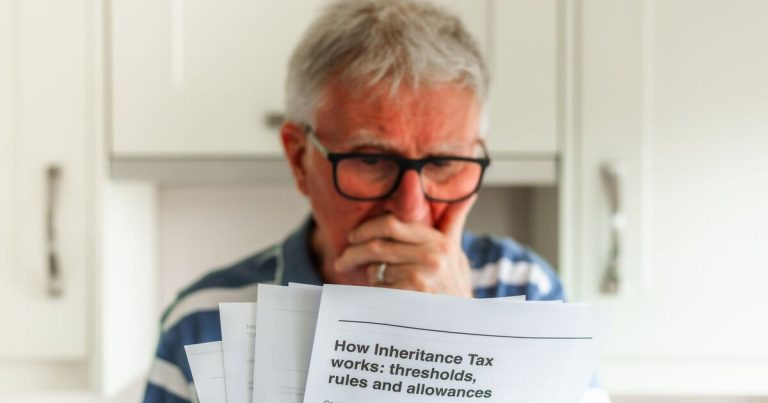
San Diego County public high schools have been graduating students at some of their highest rates yet since the pandemic, but many of those graduates may not be ready for college or career, according to new state data.
The data, released Friday, shows that 85 percent of seniors at San Diego County’s public high schools — both district and charter — graduated this year. That’s just behind the statewide average of 86 percent.
School districts graduated students at higher rates than charter schools did. The average graduation rate for San Diego County districts was 89 percent, compared to 69 percent for local charters.
Meanwhile 59 percent of the county’s graduates met the course requirements for admission to the University of California or California State University, also known as A-G courses. That rate was 60 percent for local districts and 57 percent for charters.
And fewer than half of students who graduated met state criteria to show they have been prepared for college or career, which is one of the measures that the state uses to give school accountability ratings.
Graduation rates remain higher than they were before the pandemic — in 2019, only 82 percent of county students graduated. That’s in part because California has allowed schools and districts to use the state’s more lenient minimum graduation requirements, rather than districts’ own requirements, due to the pandemic. But graduation rates dipped only slightly this year after that flexibility expired last year.
Disparities persist for historically disadvantaged student groups. Only three-quarters of Black students and 80 percent of Latino students graduated, compared with 93 percent of Asian and Pacific Islander students and 89 percent of White students.
Meanwhile fewer than half of Latino graduates and 53 percent of Black graduates completed A-G requirements, compared to 79 percent of Asian and Pacific Islander graduates and 68 percent of White graduates.
Graduation rates and college and career readiness rates tended to be higher for local school districts with relatively few socioeconomically disadvantaged students. Most of the districts with graduation rates above 90 percent and above-average A-G completion rates had student bodies that were mostly middle- and higher-income.
Students from low-income families had a below-average graduation rate of 80 percent, and half of those graduates completed A-G requirements.
It’s important to look at such college and career readiness metrics, not just the graduation rate, because they indicate whether students who graduate are likely to succeed after high school, said Jewyl Alderson, integrated curriculum coordinator at the San Diego County Office of Education. Making it to college or career after high school is crucial for students to rise out of or avoid poverty, she said.
“We want students to be able to grow up and afford a life in the least affordable city in America,” she said.
In 2020, about 40,000 San Diego County youth age 16-24 were neither attending school nor working — a scenario that’s called “disconnected.” The rate of youth who are disconnected rose during the pandemic to 10.1 percent, up from 7.6 percent in 2019.
“For students to be future ready, they need more than just a high school diploma,” Alderson said.
By the state’s metrics, there are many ways students can show they are ready for college or career, mainly by successfully completing advanced coursework or career preparation programs.
They can show career readiness by successfully completing career technical education, leadership/military science, a pre-apprenticeship or a government job program. If they are in special education, they can demonstrate readiness through work experiences or transition classrooms.
To show their college readiness, they can pass state standardized tests in English and math, pass at least two Advanced Placement or International Baccalaureate exams, complete college credit courses or earn a State Seal of Biliteracy certificate.
If a student meets A-G requirements, they must also at least partially satisfy another college-readiness measure in order for the state to consider them college-ready.
Some schools and districts might be showing high graduation rates and A-G completion rates but significantly lower college and career preparation rates if they incorrectly reported courses, grades or other information to the state’s system, according to Alderson and state education officials. This is the first year since COVID-19 began that districts and schools have reported this college and career readiness data.
Schools and districts vary in how many of their students are prepared for college or career because program offerings, access that students have to those programs, and the school or district’s priorities vary widely.
For example, the rates of students who meet A-G requirements may vary by school and district based on the access schools provide to A-G courses and how well they support students in successfully completing them.
Small rural districts may also struggle to access industry and university partnerships that would allow for more job and college programs, due to greater distance and fewer staff compared to larger urban and suburban districts, Alderson said.







